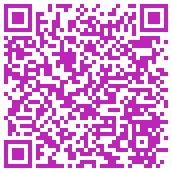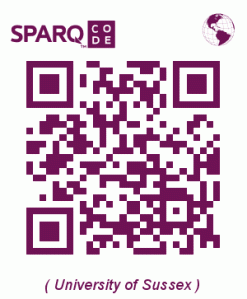Hello all, for one of this weeks experiments I made a device for manually playing back magnetically stored data ( eg credit cards , cassette tapes, floppy disks, etc). This idea was taken from Nic Collin's Homemade Electronic Music book.
This was made using a tape head that was taken out of a standard cassestte player (preferably broken, as it definitely will be afterwards). Hopefully with the wires intact, we can then solder these onto a standard guitar lead which has been cut in half (about an inch of the outer coating stripped back ,the outer wires braided together, and then the inner coating stripped also about an inch).

I then made a sound board out of a cassette tape and a bit of cardboard (it is better if you mix a few together to give you a more varied sound). This was done by simply taking a cassette, cutting the tape at the opening, and wrapping it carefully around the piece of cardboard, until you have something that looks like this -

What we have done is essentially taken an analog mobile music playing device (the cassette player) and hacked it so that we can have more control about the sounds that we produce from the data provided. In effect, it acts a bit like a primitive sampler, allowing us to skip, scratch, speed up, slow down, and mash together tracks on top of each other.
Experiments like this are very simple, but allow us to consider all the data around us, as it can also sonify those old credit cards and magnetic data which sit collecting dust. Hacks like this also allow us to explore and understand sound and technology, by stripping it back to its bare components.











